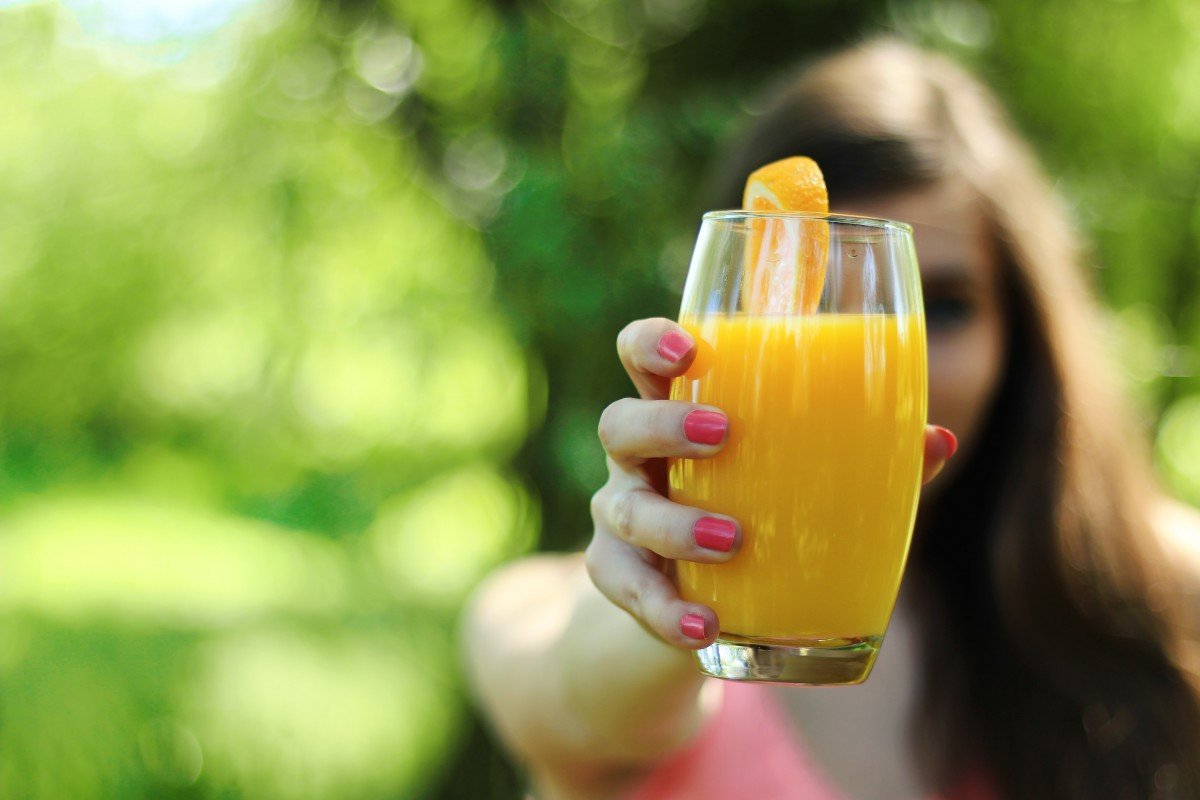Your cart is currently empty!
2345 Beach,Rd Metrocity USA, HWY 1235 | +1 (000) 012-3456
Track your order |
2345 Beach,Rd Metrocity USA, HWY 1235 | +1 (000) 012-3456
Track your order |

Fresh fruit juice is a staple in households worldwide, offering a refreshing and nutritious drink packed with vitamins and natural flavors. However, the journey from farm to bottle is a fascinating and intricate process that ensures the highest quality, taste, and safety of the final product. From growing and harvesting the fruits to extracting, processing, and packaging the juice, every step is carefully managed to deliver a product that meets consumer expectations.
The journey of fresh fruit juice begins on farms, where fruit trees and plants are cultivated under optimal conditions. Factors such as climate, soil quality, irrigation, and pest control play a crucial role in ensuring a bountiful harvest. Farmers carefully monitor the growth cycle, ensuring that the fruits reach peak ripeness before harvesting.
Each type of fruit has its own harvesting method. Citrus fruits like oranges and lemons are hand-picked or mechanically harvested, while apples and grapes may be gently shaken from trees and vines. Timing is crucial, as harvesting too early can result in lower sugar content, while overripe fruits may spoil quickly.
Once harvested, the fruits are transported to processing facilities where they undergo sorting and quality checks. Any damaged, unripe, or spoiled fruits are removed to maintain the best taste and consistency in the juice.
The selected fruits are then thoroughly washed using water and food-safe cleaning solutions to remove dirt, pesticides, and bacteria. Some facilities use high-pressure water sprays or organic cleaning agents to ensure hygiene without compromising natural flavors.
The method of juice extraction varies depending on the type of fruit.
For commercial-scale production, large hydraulic presses or centrifuges are used to maximize juice yield while retaining essential nutrients.
After extraction, the juice is often filtered to remove pulp, seeds, and any remaining solid particles. Some juices, like orange juice with pulp, skip this step to retain a more natural texture.
To ensure safety and extend shelf life, most juices undergo pasteurization—a process that involves briefly heating the juice to eliminate harmful bacteria and enzymes that could cause spoilage. Unlike traditional boiling, modern flash pasteurization minimizes heat exposure, preserving the fresh taste and nutritional value of the juice.
For those preferring a more natural approach, cold-pressed juices avoid heat treatment and use high-pressure processing (HPP) to maintain freshness while ensuring food safety.
Many fruit juices, especially commercial brands, undergo blending to achieve a consistent taste. Natural variations in fruit ripeness can lead to fluctuations in sweetness and acidity, so manufacturers carefully balance flavors.
Some juices are fortified with additional nutrients, such as vitamin C, calcium, or probiotics, to enhance their health benefits. Others may include natural sweeteners or complementary fruit blends to create unique flavors.
Once the juice is ready, it moves to the bottling stage. Sterilized glass or plastic bottles are filled using automated machines, ensuring precision and hygiene. Some juices are stored in cartons with aseptic packaging, which extends shelf life without refrigeration.
To maintain freshness, bottled juices are sealed immediately and labeled with expiration dates and nutritional information. The packaging design plays a crucial role in attracting consumers and protecting the juice from exposure to light and air, which can degrade its quality.
After bottling, the juices are stored in temperature-controlled warehouses before being transported to supermarkets, grocery stores, and cafés. Cold-chain logistics ensure that fresh and chilled juices remain at optimal temperatures throughout distribution.
For consumers, proper storage is key to maintaining quality. While pasteurized juices can last longer at room temperature, fresh, cold-pressed, or raw juices should be kept refrigerated and consumed quickly to retain their nutritional benefits.
The journey from farm to bottle is a complex yet fascinating process that transforms freshly harvested fruits into the delicious juices we enjoy daily. Each step—harvesting, extraction, processing, and packaging—is carefully designed to ensure safety, nutrition, and flavor. As consumer demand for natural and healthy beverages grows, juice manufacturers continue to innovate, offering fresh, organic, and preservative-free options that bring the best of nature straight to our glasses.
Leave a Reply